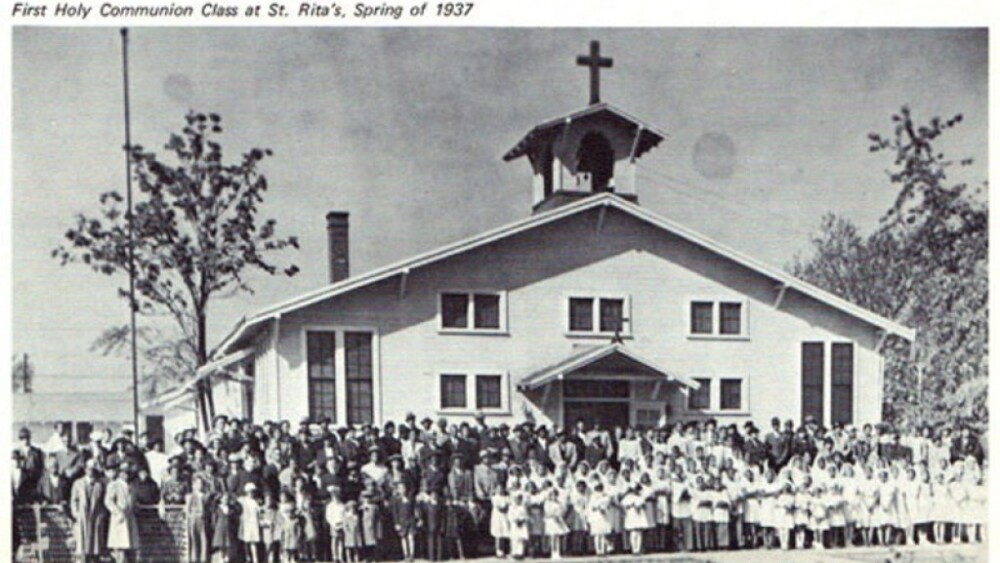Hey, history buffs. Submit your unofficial historical locations around town.
Have you ever looked at a local spot and thought, “This place deserves to be commemorated?” Our city is full of legendary locations – many of which are indicated by historical markers. Historical markers reveal significant places, streets, neighborhoods, buildings, businesses, and cultural events from the past or present. Think: The Central Canal and Crown Hill.
But not all significant areas get the attention they deserve. What about Belmont Beach which was the only place in Indy where Black residents could access swimming recreation during segregation? Or what about Tibbs Drive-In, Indianapolis’ only drive-in theater? We want to put these places on the map — literally.
Rules + details
Submit your historic place for a chance to be featured nationwide on our historical marker map. Our favorite submissions will then be featured in our newsletter, where we’ll put it to a vote. Who knows? Maybe it will receive an official historical marker.
Submissions are open through 11:59 p.m. on Tuesday, Dec. 3.
Finalists will be selected by our team and announced in our newsletter. These finalists will then go head-to-head in a vote for our readers’ favorite. The winner will be announced later in December. No promises that it will get an actual historical marker, but it will be one in our hearts.
Want to know more about official historical markers around town? Check out the Historical Marker Database.
The results
The votes are in for the Indy historical markers contest. Check out the finalists below, including the contest winner decided by your votes.

Polk Sanitary Milk Company was founded in 1872 by Civil War veterans.
Photo by @cohatchcommunity
Winner: Polk Stables
When it came down to which finalist deserves an unofficial historical market the most, the choice was clear for INDYtoday readers. 50.5% of our readers voted for this former site of the Polk Sanitary Milk Company, which was built in the 1880s.
From 1910 to 1963, Polk Sanitary Milk Co. workers prepared milk, butter, sour cream, cottage cheese, and other dairy products in the neighborhood. Iconic jazz guitarist Wes Montgomery worked a day job at Polk — a company known for hiring Black employees when other dairies in the city did not.
Earlier this year, COhatch Polk Stables opened a co-working space in the renovated building that once housed mules used to pull the milk company’s wagons. A partnership with Harrison Center created the Polklore Micro-Museum, which showcases artifacts and stories shared by longtime residents of the Martindale-Brightwood neighborhood. It includes an exhibition room, visual art studio, and podcast studio on the first floor.
Finalist: Kennedy King Memorial
On April 4, 1968, Robert Kennedy shared news of Dr. Martin Luther King Jr.'s assassination with a crowd who had gathered to hear him speak at the scheduled appearance. Among his remarks were these famous words: “What we need in the United States is not division; what we need in the United States is not hatred; what we need in the United States is not violence and lawlessness, but is love, and wisdom, and compassion toward one another.”
The site of the speech was memorialized in 1995 with “Landmark for Peace,” an art installation dedicated by President Bill Clinton.

Pictured are students of the church’s Holy Communion class in 1937.
Photo courtesy of St. Rita Catholic Church
Finalist: St. Rita Catholic Church
St. Rita Parish on the east side is a community of firsts and of unique contributions — starting with its founding in 1919 as the first designated Black Catholic parish in Indiana. It was the first archdiocesan parish to offer kindergarten and accredited daycare. It also made a huge impact in the sports world; it sponsored Indianapolis’ first interracial, parochial versus public high school football game, and its boxing club produced three-time light heavyweight world champion Marvin Johnson.
It doesn’t stop there — we got more submissions than these. Just check out our map of unofficial historical locations — both locally and across the nation.












